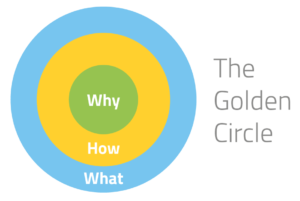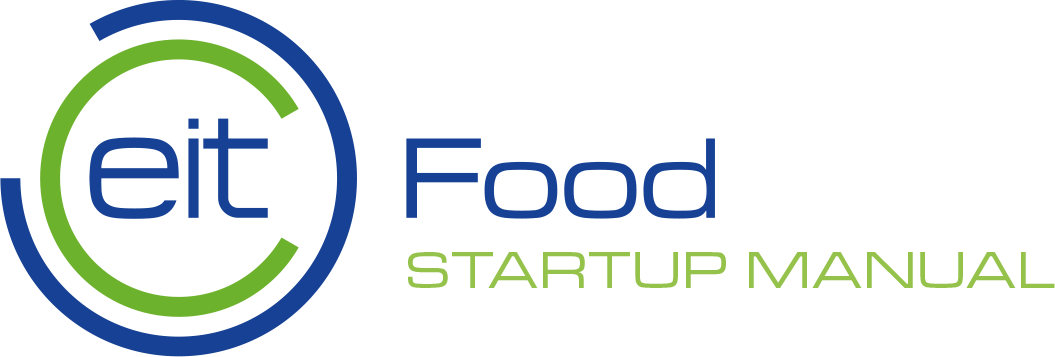Module 3 - Developing a business model & building your business plan
3. Writing a business plan
Writing your first business plan can feel like a daunting task but it’s an important part of structuring your thoughts and plans. When you’re finished with it, you’ll be proud and excited for the future that lies ahead. Why write a business plan? It’ll help you gain interest from potential investors or partners. Whilst you may not share your entire business
plan which each of them, you’ll be able to use it as a basis for potential presentations, investment pitches and other communications regarding your business. You might also want to adapt your business plan depending on who you present it to, emphasizing certain aspects to some. Rather than seeing it as a chore, see it as an opportunity to organise your thoughts, lay out your objectives, long-term vision, and how you plan on achieving these.
There is no exact blueprint on how to write a business plan but there are broad components it should include. Beyond using templates available (check out the resources section at this end of this chapter), it’s also a useful exercise to look at other companies’ business plans whether or not they’re in your sector. Ask people in your network if they will share theirs, search online and use crowdfunding platforms to gain access to some (equity crowdfunding platforms provide a great resource for this). Remember a business plan is as much about laying out a vision for the future as it is showing any existing traction or experience which may support your business’s chances of success.
Company overview: Who we are & What we do
This section is sometimes called an executive summary. Think of it as an overview of what you’re about and what you’re proposing. As it’s the first thing people read about your business, it’s important to make it as impactful and concise as possible, and remember to sell the bigger picture. If your aim is to have a positive impact in the food system, make sure this come across in this part of the business plan. Simon Sinek’s Golden Circle is a useful took to articulate this. You may also want to clearly lay out your vision and values (more on this in chapter 7). Whilst not directly mentioning the competition yet, why you’re different should come across in this section too.

The “Why” part is your reason for existing, it explains your purpose. If you’re reading this guide, this is linked to contributing to a more sustainable food system but it’s worth making this slightly more specific by linking your ‘Why” to the specific challenges or issues you’re trying to tackle. “How” relates to your approach whilst “What” describes exactly what it is you’re delivering.
The Golden Circle example: SNACT
SNACT is a UK snack brand that makes healthy snacks from surplus produce to tackle food waste. They work with farmers and pack-houses to use fruit that would otherwise go to waste for being too big, too small, too ugly or simply too abundant.
- Why: food waste is a huge waste of resources and should not exist.
- How: we create value out of food that should not be wasted.
- What: we transform undervalued food into products we can all benefit from.
Your offering
In the document, you should clearly explain what the product or service is introducing to the market. Spend time elaborating how it stands out and what its unique sell points (USPs) are. This is a key part of what investors and stakeholders buy into.
Target market, target customers & your competition
This section should build on the market research you conducted. The better you understand your market, the more you increase your chances of success. You’ll want to show a strong understanding of the following three aspects of your business:
- Market: share key insights on the size of the market you’re going after, how it’s predicted to grow and any trends that are relevant to your business. You also need to show you understand how you position yourself within this market.
- Customers: a crucial component of your business success is understanding who your customer is, their motivation for being willing to pay for your product or service, what need you’re meeting or pain point you’re addressing for them. This section of your business plan should demonstrate this.
- Competition: to build a proposition that is unique and to understand how to build competitive advantage, you’ll need in-depth knowledge of your competition. In this section, you’ll identify your competitors and how you differ from them in terms of pricing, quality, branding, sales, marketing and so on.

Your sales & marketing strategy
This section of your business plan outlines how you plan to reach and attract customers. It should include the following information:
- Overview of your brand: you’ll have introduced this in the overview. It will also come across in the overall tone of your business plan and how you present it, but you may want to provide a bit more detail here on your mission, your values, your tone of voice and how you want customers to perceive your brand.
- Sales strategy: this should outline how you will reach customers (your sales process and channels), your pricing strategy, your sales pipeline and any traction you’ve gotten already.
- Marketing strategy: closely linked to your sales strategy, your marketing strategy should outline how you’ll get the word out to customers and what marketing elements you will employ to do so (PR, social media, digital marketing, door to door, events, etc).
Your operations
This section will vary depending on the type of business you’re building but should include an overview of your operational plan. In other words, what functions are needed to bring your product or service to market. This may include information on product development such as where it will be performed and who will provide technical expertise, information on your suppliers, your manufacturing process, and your packaging if applicable. This is also a good section to outline any legal considerations for bringing your product to market (more on this in Chapter 4).
Your team
A crucial component of a startup’s success is the team delivering it. This section should give an overview of your core team’s skills and backgrounds and any advisors who will help. More and more investors are recognising the power of building diverse teams for business performance and long-term resilience, so make sure you take this into account.
Your financial plan
This section should outline how much your business activities will cost and how much revenue you expect to make. It should be broken down into different components (more on this as a separate section below):
- Profit & Loss (P&L): is a financial statement that summarizes the revenues, costs and expenses incurred during a specified period. Your business plan should usually include a forecast P&L for the next 5 years.
- Balance sheet: a statement of the assets, liabilities, and capital of a business or other organization at a particular point in time, detailing the balance of income and expenditure over the preceding period.
- Cashflow statement: a statement showing cash coming in and out of the business over a given time period broken down into operating, financing and investment activities.

If you’re raising investment, you’ll also need to outline the sum of investment needed and how it will be allocated over a certain period of time.
Will you follow your business plan? The short answer is no. But that doesn’t matter. What potential investors and other partners want to see in your business plan is that you’ve thought about your business properly, have a strong understanding of your market, your core business proposition and that you’re able to adapt as your business grows.

